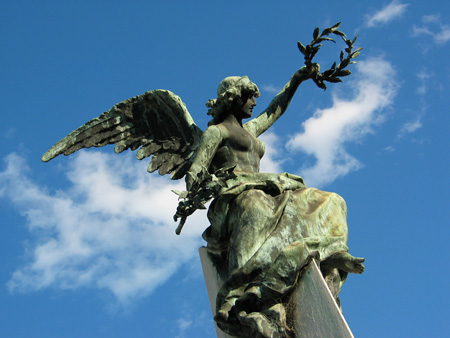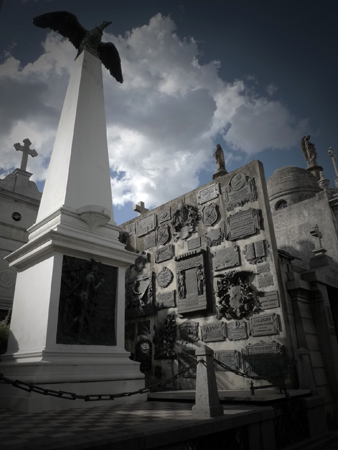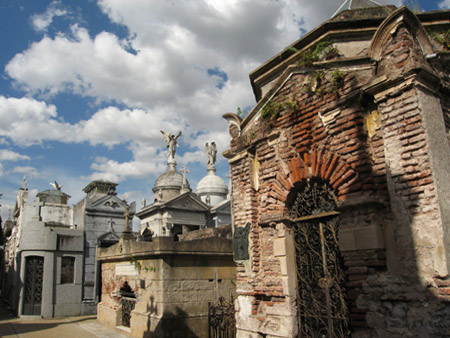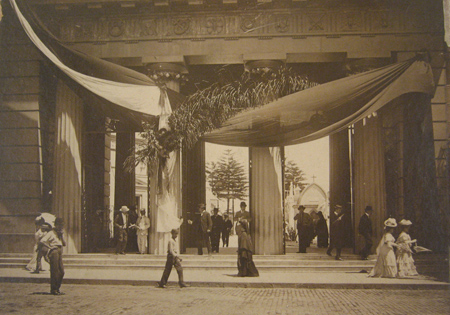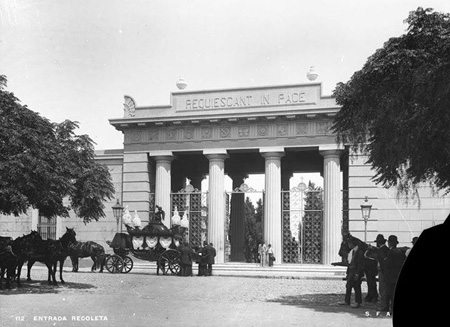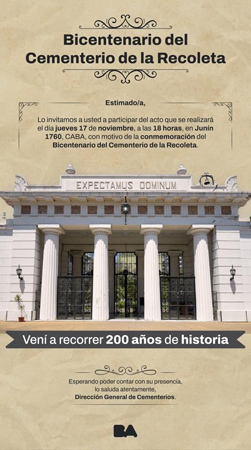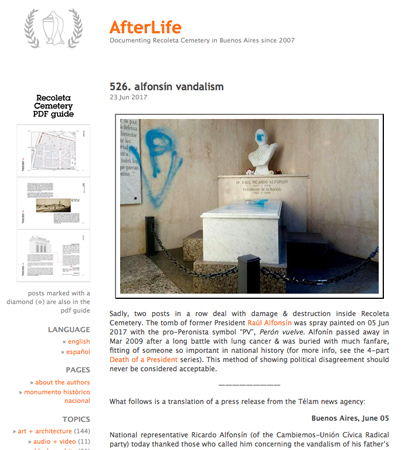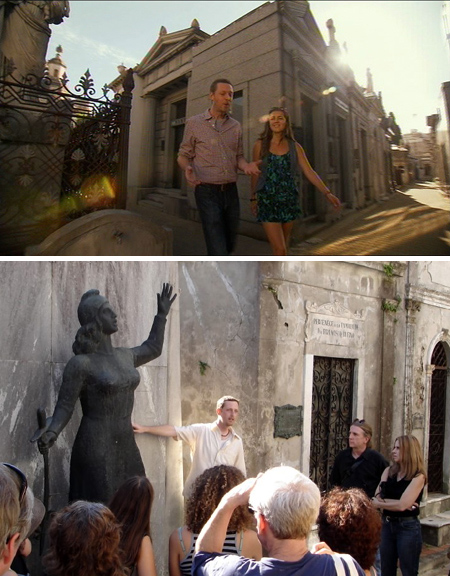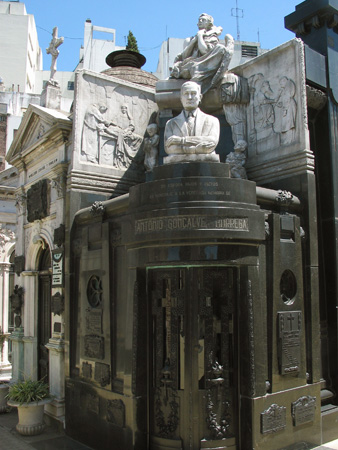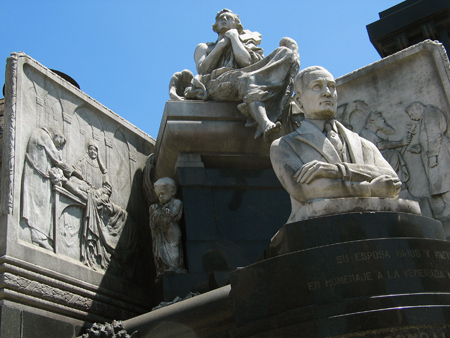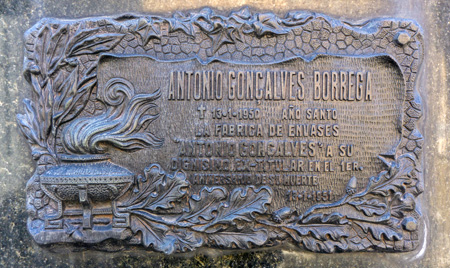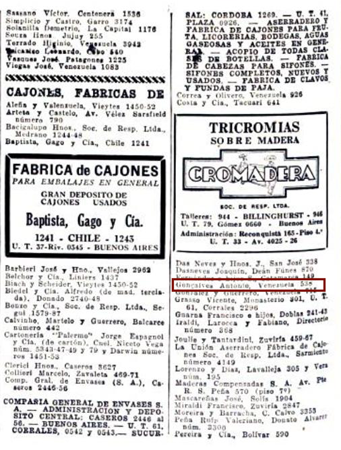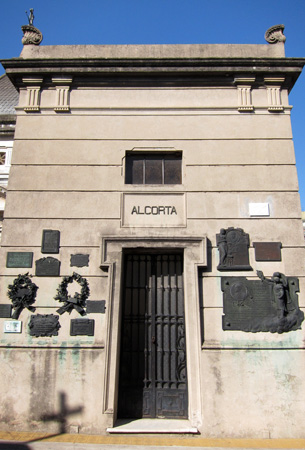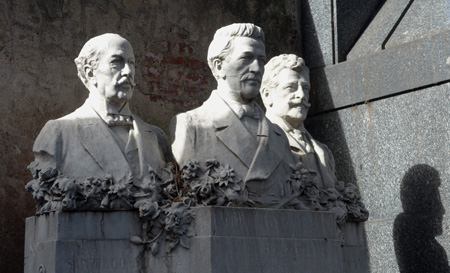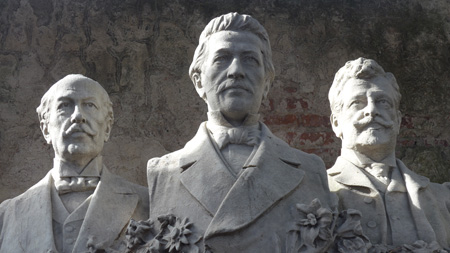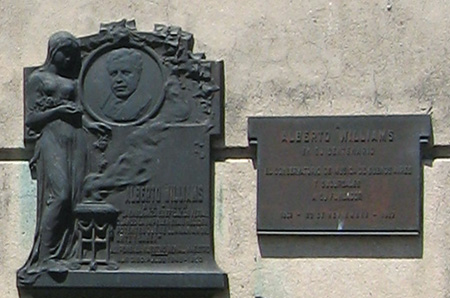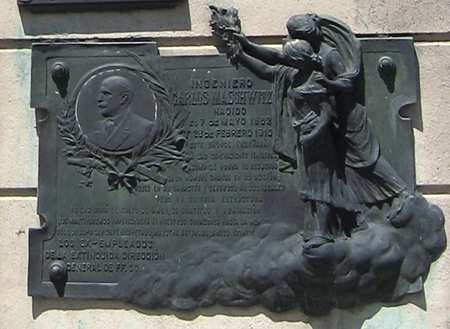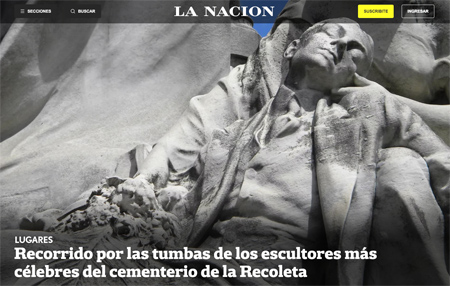
It’s been quite some time since a full-feature piece about Recoleta Cemetery appeared in a major Buenos Aires newspaper. In the past, I’d translate these articles in their entirety under the category “In the press” so readers could have access to this historic content in English. But all manner of automatic translation exists today online… not ideal & not always accurate, at least those tools give a general notion of the article if you’re curious.
“Recorrido por las tumbas de los escultores más célebres del cementerio de la Recoleta” written by Alejandro Machado starts with an overview of the cemetery then dives into an extensive list of sculptors, their works in Recoleta & where to see other pieces by the same artist. Sculptors included in the article are:
- Leonardo Bistolfi
- Luigi Brizzolara
- Jules Félix Coutan
- León Fagel
- Jean-Alexandre-Joseph Falguière
- Valmore Gemignani
- Marius Jean Antonin Mercié
- Lola Mora
- Giulio Monteverde
- Émile Edmond Peynot
- Jules Pierre Roulleau
- Edoardo Rubino
- Scarabelli & Fontana
- Giovanni Battista Villa
I know the author, & he is very meticulous with research… we’ve even collaborated on a few projects together. It’s great to have this information available to the general public! A passing mention of this blog or the possibility of contributing photos would have been a nice gesture though.
Leave a Comment